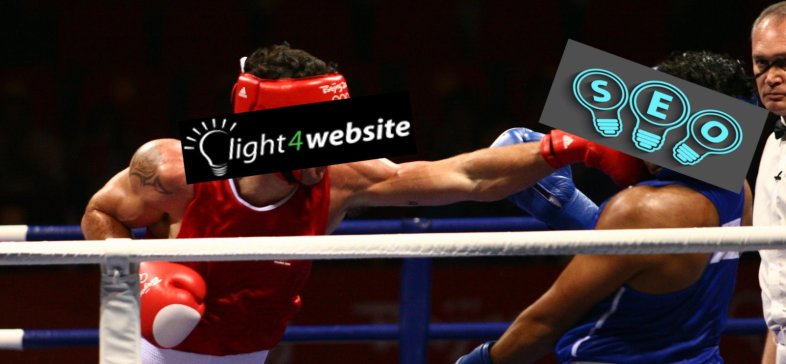On the 22nd of September we hosted in our office Kamil Rybicki, the CEO of e-shop “Świat Doznań”, who came by to give us a short lecture. But the subject of his speech wasn’t nearly as frisky as the products in his store – it was the very basics of SEO.
SEO, in other words, search engine optimization, is one of the most important factor of maintaining one’s website visible and frequently visited. It’s basically the whole bunch of processes that lead to put the given website higher in search engine’s results. But where to start?
Kamil started his lecture with the description of thing called meta-optimization – it’s an optimization method that triggers another method. The Big Three of most important metatags were once:
- meta-title
- meta-description
- meta-keywords.
As Kamil explained, meta-title can be of any length, but for the best results it’s better to use up to circa 86 characters, including max. one keyword. Two or more keywords can result in so-called keyword stuffing, which is not only unethical, but also possibly counterproductive. Instead of climbing higher in the ranks, the website can be punished by Google with downgrading or banning completely. Meta-title is the most important of the three.
Meta-description is the short summary of the website content. It should be unique (not a copy-paste from other websites). The example? “The best valueat a price of”. Although meta-description is in general of marginal relevance, it’s still important part of the whole SEO process.
Meta-keywords were once important – nowadays… not so much. Google omits meta-keywords completely, which means they don’t affect the search results at all. They are indeed interpreted by other search engines like Bing, but they are still of very little importance – still, it’s good to put 3-5 keywords on every subpage. Such marginal position of meta-keywords has been caused by loading site with keywords, literally spamming it up.
Other SEO practice presented by Kamil were, amongst others, external and internal links. External links, in a nutshell, are those links that are put on another website (external domain), but lead to your website. Internal links, on the other hand, are the links on a domain leading to another page on the same domain. For example, under each post on your blog, you can put an internal link leading to similar posts. In e-shop you can put the link to similar products. Internal links are very helpful in navigating the website, establishing the pages’ hierarchy, and controlling the PageRank (so-called PageRank sculpting).
Kamil summed his lecture up with the following words: “SEO is basically a set of several elements that separately wouldn’t be much important”. It is essential thus to pay attention even to small details that could affect our website’s visibility.


 (2 votes, average: 5.00 out of 1)
(2 votes, average: 5.00 out of 1)
It is indeed essential to pay attention to even small details. SEO is changed a lot nowadays. You need to focus on many things like page speed, image optimization, external use of css & javascript, There are lots of another off page techniques which we need to use for optimizing the website.